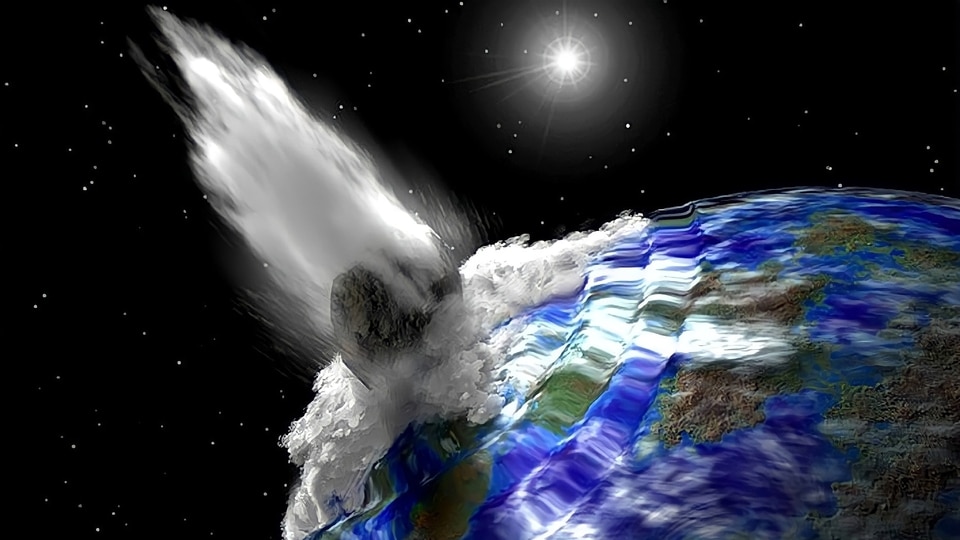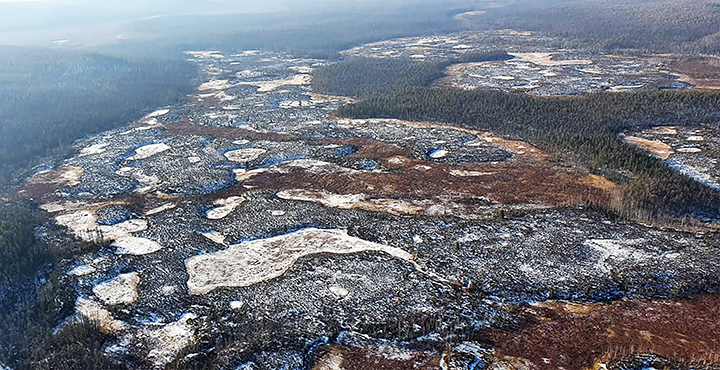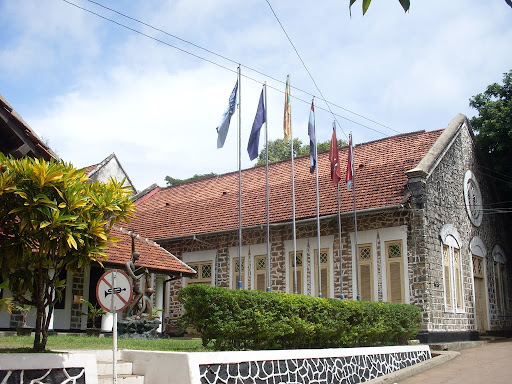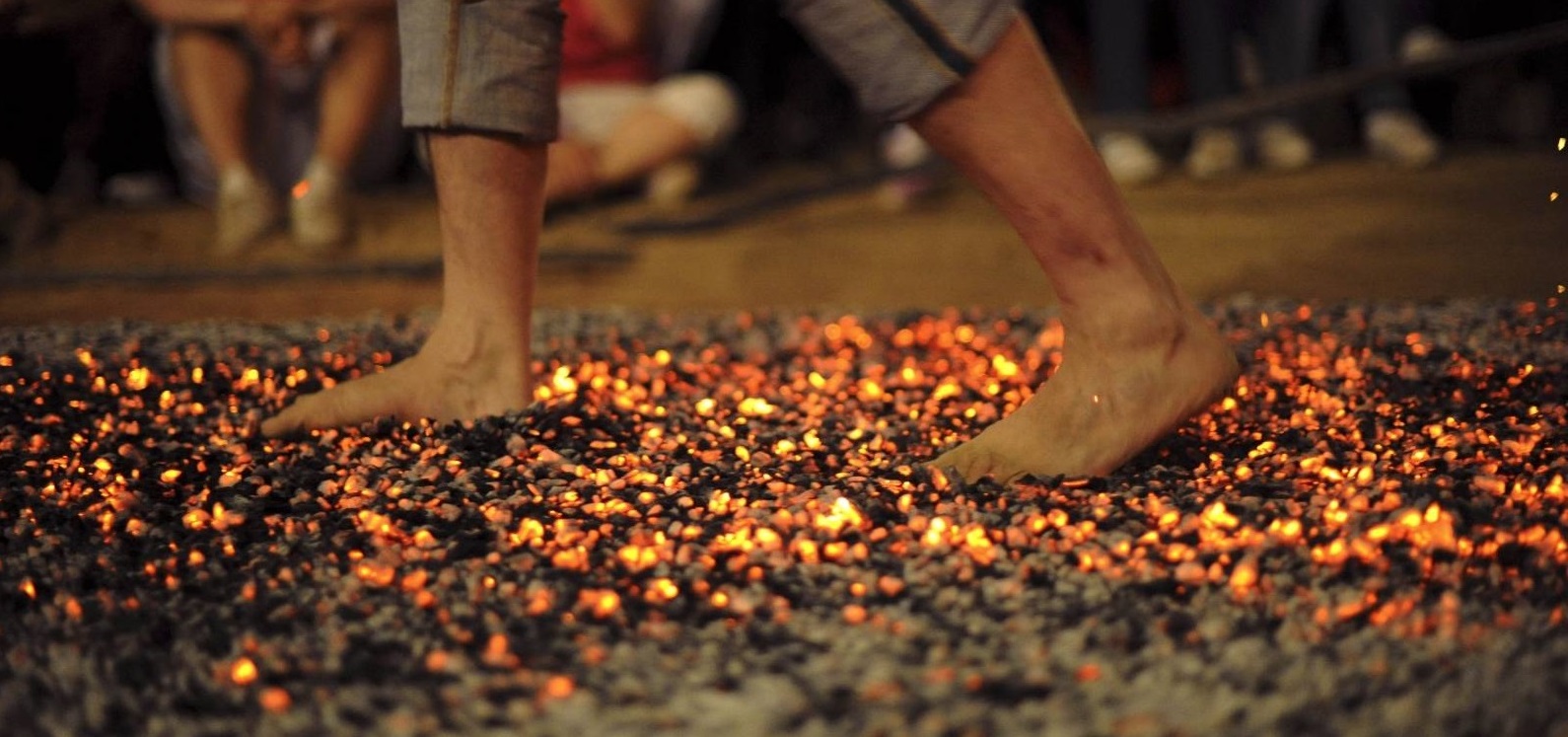THE LOUDEST BANG IN HUMAN HISTORY

What caused that monstrous explosion over Siberia?
On the 30th June 1908 at around 7:17 a. m. local time the sky above the Siberian taiga (coniferous forests) in central Russia was split by what sounded like tremendous gunfire. The inhabitants in this sparsely populated region sighted a huge fireball hurtling across the early morning sky and emitting a light more dazzling than that of the sun. A deafening noise could be heard and the resulting shock waves flattened over 80 million trees that littered the ground like toothpicks, setting the forest alight. Although it has been generally conjectured that an asteroid, a meteorite or a comet, piercing the earth’s atmosphere, may have exploded, the scientists, even after more than 100 years, are still at odds with each other, over what really triggered the approximately 30 megaton blast that affected an area in extent of 2150 km². Some Russian scholars have even attributed the incident to a spacecraft from a distant planet that crashed over this region.
Caravans winding through the Gobi Desert halted and looked in awe at a fireball skimming across the sky and disappearing over the border of Mongolia. Then the desolate marshy region of peat-bogs and pine forests in Central Siberia, near the Stony Tunguska River, trembled under the impact of a cataclysmic explosion when the descending object struck the ground, leaving a gigantic and blinding “pillar of fire” that flared up into the clear blue sky, casting a red glow over the landscape and visible above the horizon to stunned Siberians in far-off towns, accompanied by dark masses of thick clouds billowing to an altitude of over 20 km. The entire area was showered by an ominous “black rain” and intermittent thunderclaps, resembling heavy artillery, reverberated throughout central Russia.
Powerful ballistic waves resulting from the enormous explosion knocked over trees, blowing down the semi-nomads’ huts of the terrified indigenous Evenk people of this remote and deserted area, who were scattered like specks of dust. The noise was so great that some herdsmen closer to the blast were deafened and others were thrown into a state of dazed shock that rendered them speechless. Three Evenk were killed and many of them, some 500 km away, were injured. About 1500 reindeer were wiped out as well while the frightened passengers aboard the Trans-Siberian Express, near the station town of Kansk, to the south, were almost jolted out of their seats. As the train was jarred and shook wildly on its newly completed tracks, the startled engine-driver quickly brought the train to a screeching halt. The huge shock waves encircled the world twice and were recorded on barographs in London. They were detected in Germany, Denmark and Croatia and as far away as Java in Indonesia and Washington. For three successive nights, people in London and Paris were able to read their newspapers without the aid of any artificial light while in Moscow it was even possible to take photos at night without the aid of flashbulbs. In some places, the resulting shock waves were equivalent to an earthquake measuring 5.0 on the Richter scale.
The nearest settlement was Vanavara, founded in 1932 as a trading post for hunters, trappers and fishermen, some 65 km away from the blast which scorched the tall conifers and ignited fires that would continue to burn for days. The hurricane that arose above the taiga tore roofs from houses and shattered windows. These huge shock waves flooded the banks of the Angara River, formerly known as the Upper Tunguska.
The survivors gave oral accounts of the devastation that were transcribed into Russian. These eye-witness accounts graphically narrated an atomic explosion 1500 times more powerful than the bomb over Hiroshima in Japan in August 1945. Later, a 1969 Russian study disclosed that the genetic structure of the remaining trees had been strikingly altered, possibly due to radioactivity, when it turned out that larches and birches aged between 40 and 50 years (which had therefore germinated after the explosion), which should normally have been 7-8 m high, were in fact 17-22 m in height.
Kulik’s theory of a meteorite
The Siberian forests, too, are as impenetrable, as desolate, hostile and inaccessible as the tropical wilderness in Africa or South America. Until the 1917 Revolution of the Bolsheviks, led by Vladimir Ilyich Lenin (1870-1924), that toppled the Tsarist regime of the last Russian Emperor Nicholas II, leading to the establishment of the Soviet Union (1922-1991), fewer Europeans had ventured to enter them than had gone into the southern jungles. The Evenk people of the region were extremely primitive and superstitious and they were afraid of the place where Ogdy, god of fire and thunder, had come down from heaven to earth to destroy by fire all those who ventured there. After the blast, the villagers dashed out into the streets in absolute panic; some wept in terror, convinced that the end of the world had come.
Russian mineralogist Leonid Alekseyevich Kulik (1883-1942), though self-taught and with no proper academic training, was inspired by the event, grasping the fact that the Tunguska affair was scientifically very important. In the spring of 1928 Kulik, after having hacked his way through the immeasurable fallen forest, reached the epicentre of the explosion: an open spot ringed with trees lying on the ground, all with their roots pointing in the same direction. He concluded that the awe-inspiring destruction was caused by a huge meteorite. Nevertheless, he did not come across any fragments of such a meteorite and neither did he succeed in finding the crater which must have been made. Vasili Sytin, one of his colleagues, formulated the most absurd of the 77 theories: that a very violent wind was the cause of the disaster, but Kulik adamantly clung to his belief that it must have been a meteorite. Finally, he assumed that fragments of the supposed meteorite would be found underneath 25 metres of frozen ground and marsh water must have filled the crater, but half a century later, it was clearly shown that the impassable swamp in the epicentre was a normal taiga formation.
Prof. Vasiliy Grigorievich Fesenkov (1889-1972), the eminent Russian astrophysicist, admitted that the Tunguska catastrophe was not caused by a meteorite. The disturbance of such severity could not have been brought about by meteorites and the light phenomena that lasted three nights in succession in 1908 could not be due to any cloud of particles of a terrestrial origin.

Was it a comet?
Therefore, Prof. Fesenkov argued that a comet blew up above the taiga. This, in any way, was not a brand-new idea, since the American astronomer Fred Lawrence Whipple (1906-2004) had favoured this notion in 1930, supported by the Russian astronomer I. S. Astapovich. It was particularly the skies that were aglow during the nights of 30th June and 01st and 02nd July both in Siberia and Central Europe which were the major reasons for adopting the comet hypothesis. It was assumed that this glow could have been cast by the comet’s tail within the earth’s atmosphere.
The periodic comet Encke orbits the sun every 3.3 years and it was in the vicinity of Tunguska on the date of the explosion. This comet was first recorded in 1786 by French astronomer Pierre François André Méchain (1744-1804) and its orbit was computed by German astronomer Johann Franz Encke (1791-1865).
Yet, the hypothetical Tunguska comet cannot have been small in view of the fact that the energy released has been estimated today at 10²³ ergs at least (equivalent to about 30 million tons of TNT-fifteen hundred times as great as that at Hiroshima). If in 1908 a comet of that size had hit the earth a crater several kilometres across and hundreds of metres deep would have been made, but the swampy epicentre did not show any trace of such a thing.
Another reason for rendering the comet theory highly questionable, has to do with ballistics. The felled trees proved beyond doubt that there were two shock waves: one before the explosion and the other after the object had burst. Russian aircraft designer A. Y. Manotskov, by means of electronic calculating machines and by reconstructing the flight as seen by eye-witnesses, proved that the “thing” slowed down its velocity, which at the moment of impact was 0.7-1 km per second in place of the usual 10-60 km per second for normal comets and meteorites. This comparably low velocity is close to that of modern supersonic jet aircraft and if it had plunged down at this speed-an insignificant one for planetary bodies-then according to the laws of aerodynamics, it would have needed a mass of one thousand million tons to bring about the destruction which has now been assessed and mapped. The remains of such a monster have not been found. Therefore, Prof. Felix Yurievich Zigel (1920-1988), an aerodynamics professor at the Moscow Institute of Aviation, also regarded as a founder of Russian ufology, threw away the comet theory.
A guest from the cosmos?
In 1946, in the Russian magazine Vokrug Sveta (meaning Around the World), the science-fiction writer Alexander Petrovich Kazantsev (1906-2002), suggested that the Tunguska blast could have occurred when a spaceship from another planet, supplied with nuclear energy, tried to land in the Siberian forests. As this was a nuclear explosion nothing would have remained of the spacecraft, especially as it burst above ground, thus leaving no crater as such. According to the writer, this would explain why, right in the epicentre, some trees remained upright but dead whilst in other areas, trees were uprooted. Kazantsev’s theory was debunked by some scientists as being fantastic. But, in the terminal phase of the descent of the object, according to the most recent speculation, the object appears to have approached in an eastward direction, then changed the course westward over the region before exploding. The same opinion was reached by Zigel, who was involved in the training of many Russian cosmonauts. Based on the eye-witnesses’ accounts and the physical data, Zigel was convinced that the object, before it exploded, carried out a manoeuvre of which no natural object is capable. Thus, Zigel, together with the Russian rocket and aviation experts, supported Kazantsev in believing that the remarkable cylindrical object could only have been “an artificial flying craft from some other planet”.
Sir Arthur Charles Clarke (1917-2008), the famous English science-fiction writer and futurist, who co-wrote the screenplay for the 1968 film, 2001: A Space Odyssey, which is regarded as one of the most influential films of all time, was a proponent of the meteorite theory, but ironically, his novel Rendezvous with Rama, set in the twenty-first century, focuses on a cosmic intruder entering our solar system, initially mistaken for an asteroid, but eventually discovered to be an interstellar craft. Clarke immigrated to Ceylon (now Sri Lanka) in 1956 to practise scuba diving.
Nevertheless, the evidence of a vehicle from an advanced extraterrestrial civilisation, carrying travellers who were vapourised in a blinding flash of light, cannot be viewed as absolutely conclusive.
Antimatter or black holes?
Another theory, put across in 1965, suggested that a small body of antimatter floating through space might have collided with the Earth. This accident produced gamma rays and an explosion. Scientists asserted that this would explain the absence of any residual material. In 1928, British scientist Paul Adrien Maurice Dirac (1902-1984), regarded as one of the most significant physicists of the 20th century, theorised that there must be a particle identical to the electron with a positive electric charge instead of a negative one. Four years later his theory was proved right in the laboratory. As soon as antimatter meets an atom of ordinary matter, they are destroyed, unleashing a destruction with an intense flash of light and violent radiation.
The latest explanation was that a tiny “black hole” hit Siberia, passing through the entire earth and emerging in the North Atlantic. The concept of black hole, on the surface, appears to be vague and to many scientists the idea seems to have been directly lifted from science fiction. Yet some scholars, like the British physicist, mathematician and author John Gerald Taylor (1931-2012), the author of Black Holes-The End of the Universe?, have taken the subject seriously. In theory, a black hole forms when a massive star collapses at the end of its life cycle. It is a huge lump of matter that has shrunk so much that it has become invisible. Owing to its enormous density it generates gravity of such a magnitude that not even light could escape it. Taylor labelled a black hole “a bizarre object” and compared it to a “cannibal, swallowing up everything that gets in its way…”
Russian experts of the Tunguska event have examined these new theories, but ultimately rejected them on the basis that they did not match the actual evidence.
Other hypotheses
A test of a nuclear bomb; a consequence of testing of Nikola Tesla, Serbian-American inventor (1870-1924), who designed the modern alternating current (AC) electricity supply system; 2.5 billion cubic metres of natural gas igniting; and a chunk of the Sun that broke away and was flung towards the Earth, landing catastrophically in Tunguska.
Theory of midges
American science writer and author Brian Andrew Dunning (born in 1965) has put forward another exceptional but interesting theory to account for the mysterious explosion. He says that the detonation of a cloud of midges could have caused the blast. Pointing out how sawdust, when dispersed in the air, is violently explosive, a swarm of midges, if sufficiently dense, could produce the same effect, he says. According to Dunning, the cloud, as has been calculated, would need to measure some 5 cubic kilometres to cause a blast sufficiently large to match the seismic data of the event. Midge is a small two-winged fly that is often seen in swarms near water or marshy areas where it breeds.
Other natural and man-made explosions
Human History is marked indelibly with the destruction caused by great explosions. In about 1500 B. C. most of the island of Thera (later called Santorini) in the Aegean Sea, near the Greek mainland, disappeared in a volcanic blast while in 62 A. D, an earthquake, caused by the eruption of Vesuvius in Italy, toppled the ancient towns of Pompeii and Herculaneum near Naples.
The Tunguska explosion, that scarred the face of the earth, is thought to be the loudest in the history of mankind. Yet, the 200 megaton 1883 volcanic eruption on 21st October on the island of Krakatoa in the Sunda Strait in Indonesia, was equally destructive and the explosion was heard 4800 km away and its soundwave travelled around the globe seven times, causing over 36,000 deaths and ensuing tsunamis.
Then, on 30th October 1961, the 50 megaton Tsar Bomba, a hydrogen aerial bomb, designated as “AN602”, was tested in Russia (then the Soviet Union) by a group of nuclear physicists. The bomb was dropped by a parachute and the crown of the resulting mushroom cloud was 65 km high.
The mystery surrounding the Siberian holocaust, however, cannot be erased from human memory or allowed to sink into oblivion. Even though more than 100 years have slipped by, the ultimate clue to the riddle is still confounding us. ***






